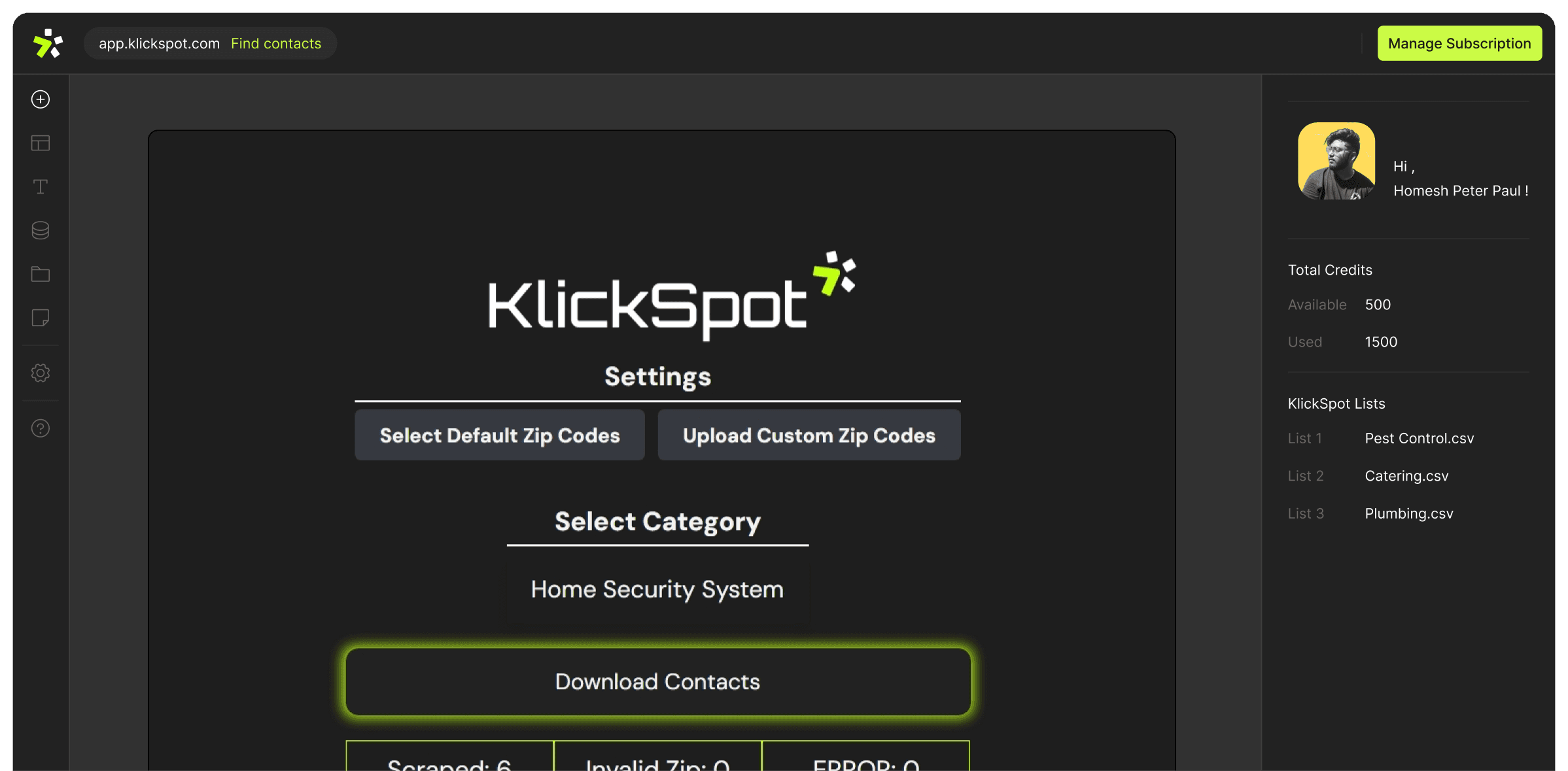Adapting to a Multi-Device World
In today's digital landscape, users access websites from a variety of devices, including smartphones, tablets, laptops, and desktop computers. This diversity makes responsive web design essential. A responsive website adapts seamlessly to different screen sizes and resolutions, ensuring a consistent and optimal user experience across all devices. As mobile internet usage continues to grow, responsive design is no longer a luxury but a necessity for businesses aiming to reach a broader audience.
The core principle of responsive web design is fluidity. Unlike fixed layouts that are designed for a specific screen size, responsive design uses flexible grids, layouts, and images that adjust according to the user's device. This fluidity ensures that content is displayed correctly and remains easily accessible, regardless of the screen size. By embracing responsive design, you ensure that users have a positive experience, whether they are browsing on a tiny smartphone or a large desktop monitor.
Moreover, search engines like Google prioritize mobile-friendly websites in their search results. A site that provides a seamless experience on all devices is more likely to rank higher, resulting in increased visibility and traffic. This SEO benefit makes responsive design not only a user-centric approach but also a strategic one for improving your website's search engine performance. By optimizing for all devices, you cater to the needs of modern users and stay competitive in the digital marketplace.
Implementing Effective Responsive Strategies
To achieve a truly responsive web design, several techniques and best practices must be employed. One fundamental technique is the use of media queries, which allow you to apply different styles based on the characteristics of the device, such as screen width and resolution. Media queries enable the customization of layouts and elements to ensure they are appropriately sized and positioned for any screen.
Another crucial aspect of responsive design is flexible grid layouts. Unlike traditional fixed grids, flexible grids use relative units like percentages, rather than fixed units like pixels, to define widths. This approach allows elements to resize proportionally to the screen size, maintaining the overall layout's integrity. Combined with media queries, flexible grids create a versatile framework that adapts to any device, ensuring a consistent and harmonious design.
Additionally, responsive images and media play a significant role in optimizing performance and user experience. Using techniques such as responsive images, which serve different image sizes based on the device's resolution, ensures that images are crisp and load efficiently. This approach reduces loading times and bandwidth usage, particularly important for mobile users. Properly optimized media enhances the overall responsiveness and performance of your website, contributing to a smoother and more enjoyable user experience.
Conclusion
In conclusion, responsive web design is crucial for creating a user-friendly and accessible online presence in today's multi-device world. By understanding and implementing key techniques like media queries, flexible grids, and responsive images, you can ensure that your website provides an optimal experience on any device. This approach not only enhances user satisfaction but also improves your site's search engine ranking and overall performance. Embracing responsive web design is essential for staying competitive and meeting the evolving needs of your audience. As the digital landscape continues to evolve, responsive design remains a cornerstone of effective web development, ensuring that your content is accessible and engaging for all users, regardless of the device they use.
Dave Johnson
CEO
Continue Reading




